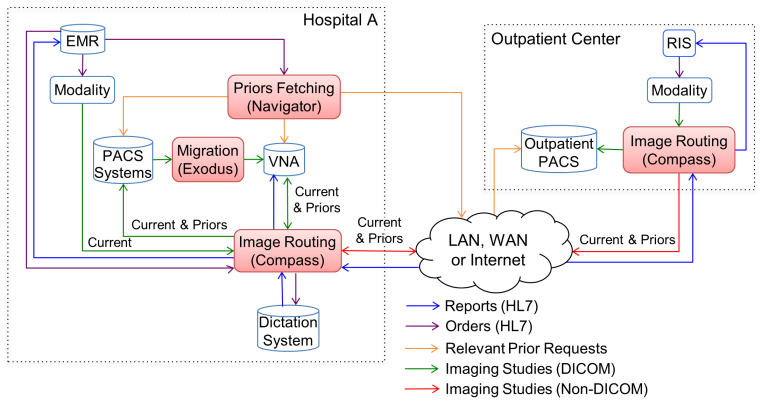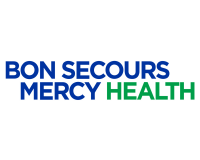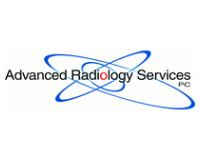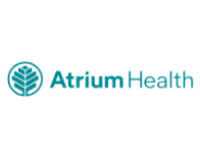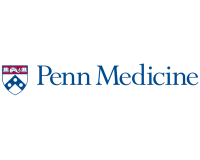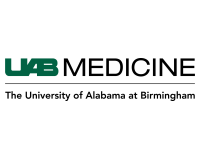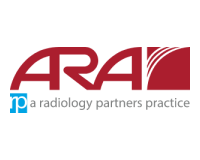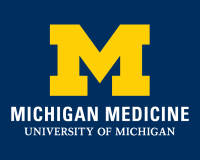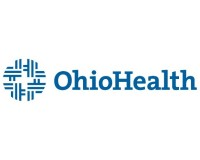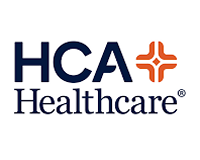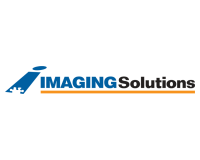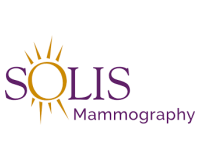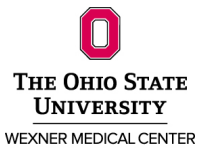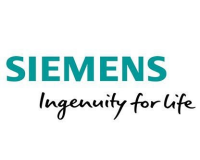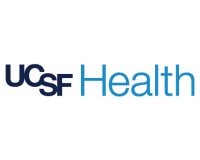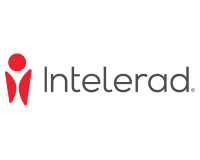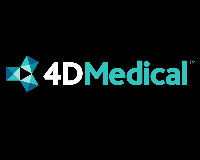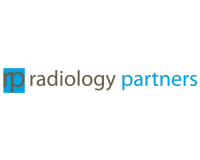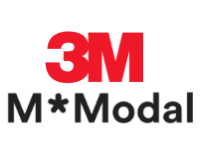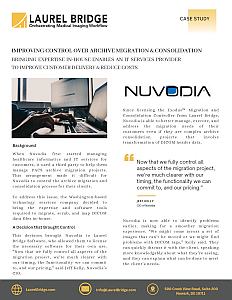We enable the IT systems that support your enterprise medical imaging workflows to meet the evolving needs of your healthcare organizations clinical practice, regardless of size or complexity. Timely access to all of a patient’s medical imaging information is a requirement, to improve the quality of care and reduce risk. These demands are particularly acute when clinical workflows must unify physically and technically distinct business entities or clinical departments that employ multiple imaging and archiving systems.
Advantages
Our enterprise workflow solutions synchronize delivery of current and prior imaging studies to the clinical staff that needs them, wherever they reside; and automate the processes that enable the increasingly distributed healthcare organization to:
- Integrate systems and facilities
- Improve productivity
- Increase organizational efficiency
- Enhance clinical quality and patient care
- Expand clinical services and patient referrals
Solution Components
Combine and configure Laurel Bridge workflow components to solve your enterprise imaging workflow needs. Automate ingestion and distribution of DICOM and non-DICOM studies, retrieve and share relevant priors, perform HL7 message routing, DICOM load distribution and balancing, and enhance dictation system integration… all among disparate clinical and enterprise imaging IT systems.
Deploy one or more of these full-featured components for a customized solution:
- Compass – Routing Workflow Manager
- Navigator – Imaging Retrieval Workflow Manager
- Waypoint – Encounter & Modality Worklist Manager
- Lighthouse – Centralized Monitoring & Management Platform
- Beacon – Enterprise Study Q/C Manager
Artificial Intelligence Workflows
While much of the effort surrounding Artificial Intelligence (AI) in medical imaging is focused on algorithm development, clinical utility relies strongly upon the seamless and reliable integration of AI algorithms into existing clinical reading workflows.
Common Challenges
Regardless of the deployment model, there are common challenges that exist when integrating AI algorithms into medical imaging workflows. To ensure maximum value is realized, it is essential that AI algorithm workflow augment and enhance existing clinical workflow by automatically:
- Receiving, fetching, anonymizing, and delivering current and relevant prior studies to the AI algorithms
- Re-identifying AI algorithm results and delivering those results to the correct clinical IT system or archive
- Integrating algorithm results into master patient record and billing workflows
Laurel Bridge AI Workflow Suite
The Laurel Bridge AI Workflow Suite enhances the capability of healthcare providers and AI developers to integrate AI algorithms into their clinical workflows by automating key tasks and by leveraging functionality in our Compass Routing Workflow Manager, Navigator Imaging Retrieval Workflow Manager, and Waypoint Encounter & Modality Worklist Manager.
Our AI Workflow Suite:
- Integrates on-premises, cloud-based, and AI marketplace workflow deployments into existing clinical workflows
- Is HIPAA-compliant
- Adheres to DICOM standards
- Enables the delivery of AI algorithm results to a PACS, VNA, and EMR
- Read more about the AI Workflow Suite here.
AI Workflow Videos
On-Premises Workflow
Workflow tools, whether part of the local infrastructure or integrated into the AI deployment, are often required to inspect data attributes and perform normalization and transformation on-the-fly to accommodate the differing data models that exist in multi-vendor AI algorithm environments.
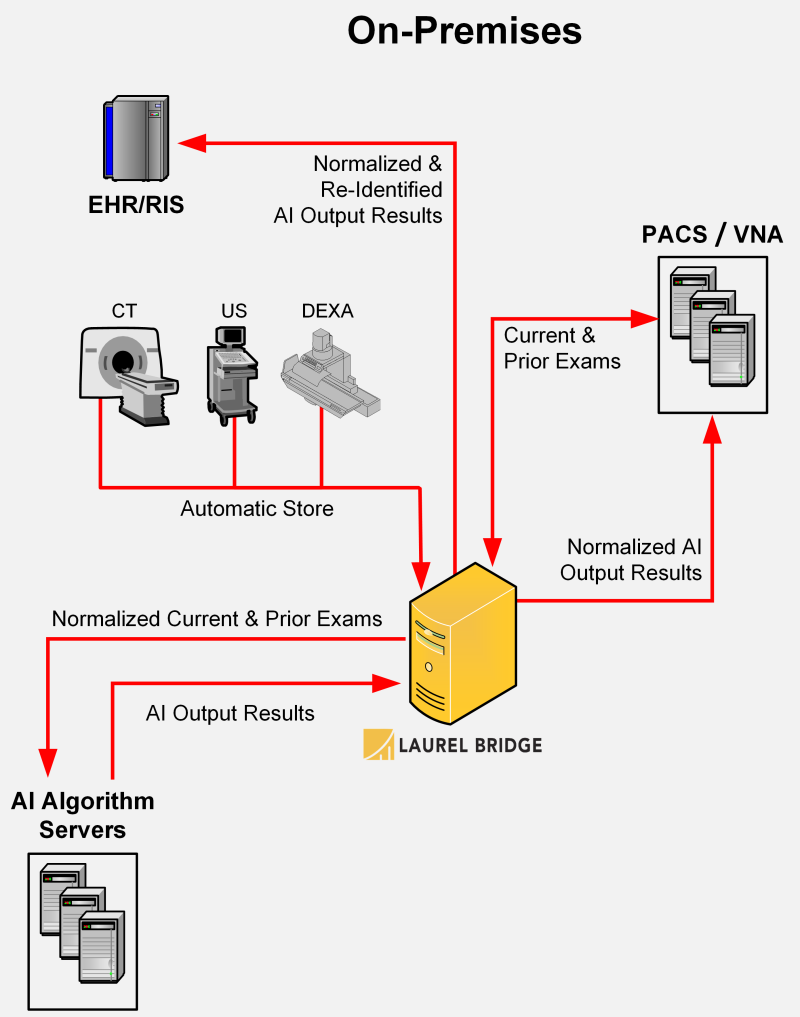
Cloud-Hosted Workflow
This model can be susceptible to connectivity and performance challenges where transfer volumes and/or object sizes are significant and often requires additional privacy and security considerations and failover processing/notifications. Also, ensuring secure and encrypted channels are established between local and cloud-hosted environments without the added complexity of managing separate virtual private network (VPN) connections is a priority.
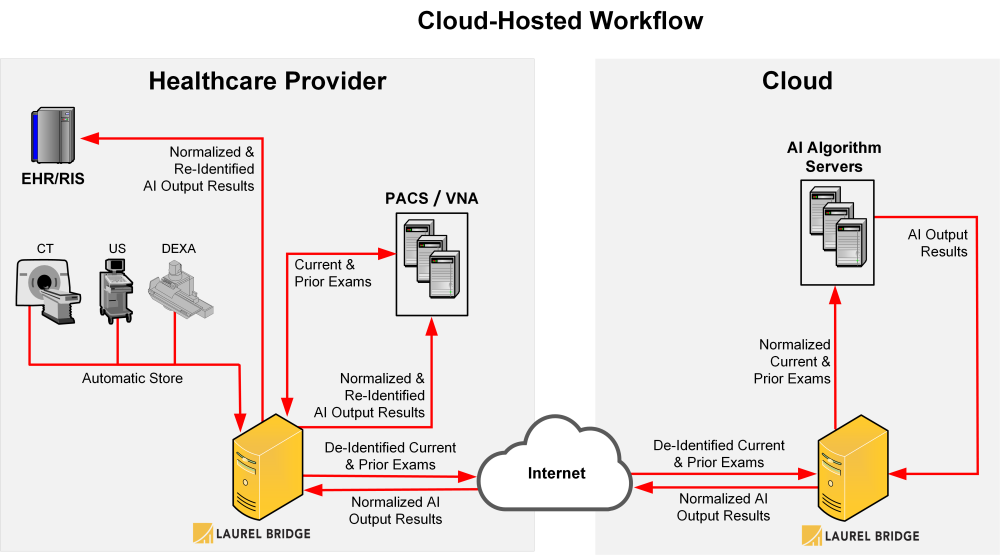
AI Marketplace Workflow
An AI marketplace can be deployed on-premises, in the cloud, or as a hybrid model depending on site-specific preferences and the underlying requirements of the engaged algorithms. Because a common infrastructure is shared, there is the potential for data models to be aligned across hosted algorithms, which can reduce the complexity associated with data transformations and interoperability.
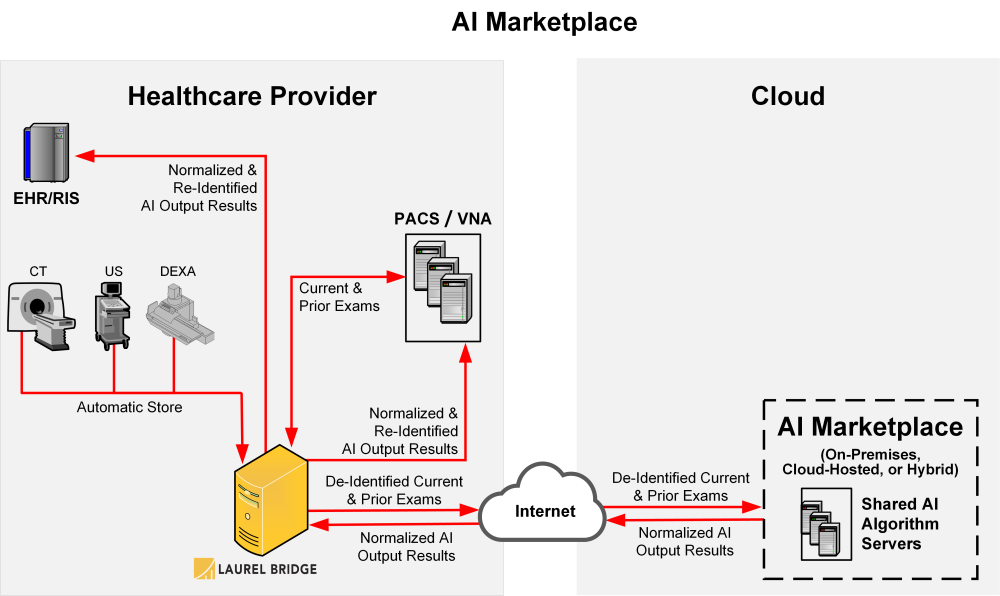
Benefits
The Laurel Bridge AI Workflow Suite provides the following benefits:
- Integrates study data between AI algorithms and existing clinical systems and workflows
- Offers seamless interoperability between local facilities and cloud-based AI algorithms
Supports standards-based interoperability with third-party applications and clinical systems

Whether you are working with radiology, cardiology, or ophthalmic applications, when anonymized study information is needed for training or research, or to train new machine learning algorithms, we can automate the secure data flow from any number of sources and automatically de-identify patient specific information as needed.
Structured Reporting and Dictation System Integration
The new dictation integration option for Compass automates the insertion of quantitative measurement data, from a modality, into the radiologist’s report or dictation template.
Automating the inclusion of measurement data improves radiology staff productivity and enables the radiologist to focus on dictating their report. Clinical quality is also be enhanced because automation ensures the right information is accurately incorporated into the clinical report. Compass DICOM structured report (SR) data management becomes an extension of the tag morphing/coercion capability of our Compass Routing Workflow Manager, which enables the solving of complex imaging workflow challenges that benefit from these combined capabilities.
The Compass Dictation Integration Modules use application APIs to map DICOM SR data fields into the appropriate report template. Post-processing can be performed to modify, add, or remove custom fields. The flexibility and configurability of Compass also provides support for custom or private DICOM SR formats or fields and includes the following exam types by default:
- OB-GYN
- Vascular (Doppler Carotid, Renal, Abdomen)
- Thyroid
- Testicular
Standardize study identification and distribution
Ensure critical patient information such as patient ID, demographics, originating location, and study description is normalized to enable seamless ingestion and workflow efficiency.
Move studies and related data
Enable access to DICOM imaging studies from any number of sources, and ensure the delivery of non-DICOM patient information, such as reports, EKG’s and non-DICOM images among departments and IT systems where needed.
Ingest and deliver from remote locations
Efficiently offload mobile and remote location acquisition devices and ensure secure, reliable delivery of medical imagines to any archive or clinical workstation.
Ingestion and retrieval across disparate archive systems
Provide scalable, federated access and retrieval of a patient’s entire imaging record across any number of disparate clinical archive systems (PACS & VNA), including integration with an MPI.
Enhance radiology reporting workflow
Improve radiology staff productivity and clinical report quality by automating the insertion of DICOM Structured Report (SR) measurement data in your radiologist reporting templates.
Route DICOM images based on HL7 messages
Route current and prior imaging studies based upon order information in previously received HL7 messages, such as to support centralized telemedicine, teleradiology or teleICU strategies.
Share modalities among multiple scheduling entities
Simplify sharing of imaging resources among different patient scheduling systems and ensure new studies are automatically delivered to the appropriate reading locations.
Fetch prior images and reports from multiple archives
Enable distributed mammography workflow, teleradiology workflow or teleICU workflow across merged and consolidated enterprises.
Automate priors fetching for long lead time exams
Ensure that prior studies are available on-time even when imaging exams are scheduled 12-24 months ahead of being performed.
Integrate imaging studies lacking a pre-existing order
Automatically ensure that encounter-based images acquired at the point-of-care (POC), even when missing a pre-existing order, are accurately associated with the patient’s record by converting the images to DICOM format and automatically adding demographic information from the scheduled encounter information.
Image Ingestion and Access
Ingest, transform, and deliver medical images between disparate systems and locations.
- Based on time, schedule, content, orders or events
- Anonymize patient data
- Standardize patient demographics
- Encrypt and compress
- Integrate with Master Patient Index (MPI)
Image Retrieval and Distribution
Retrieve medical images from disparate systems or centralize archives and deliver to where needed.
- Support comprehensive fetching requirements
- Support complex relevancy matching
- Multiple triggers (worklist, HL7, manual)
- Standardize patient demographics
- Encrypt and compress
- Integrate with an MPI or EHR

